Claude Parent: remembering the life of the provocative architect
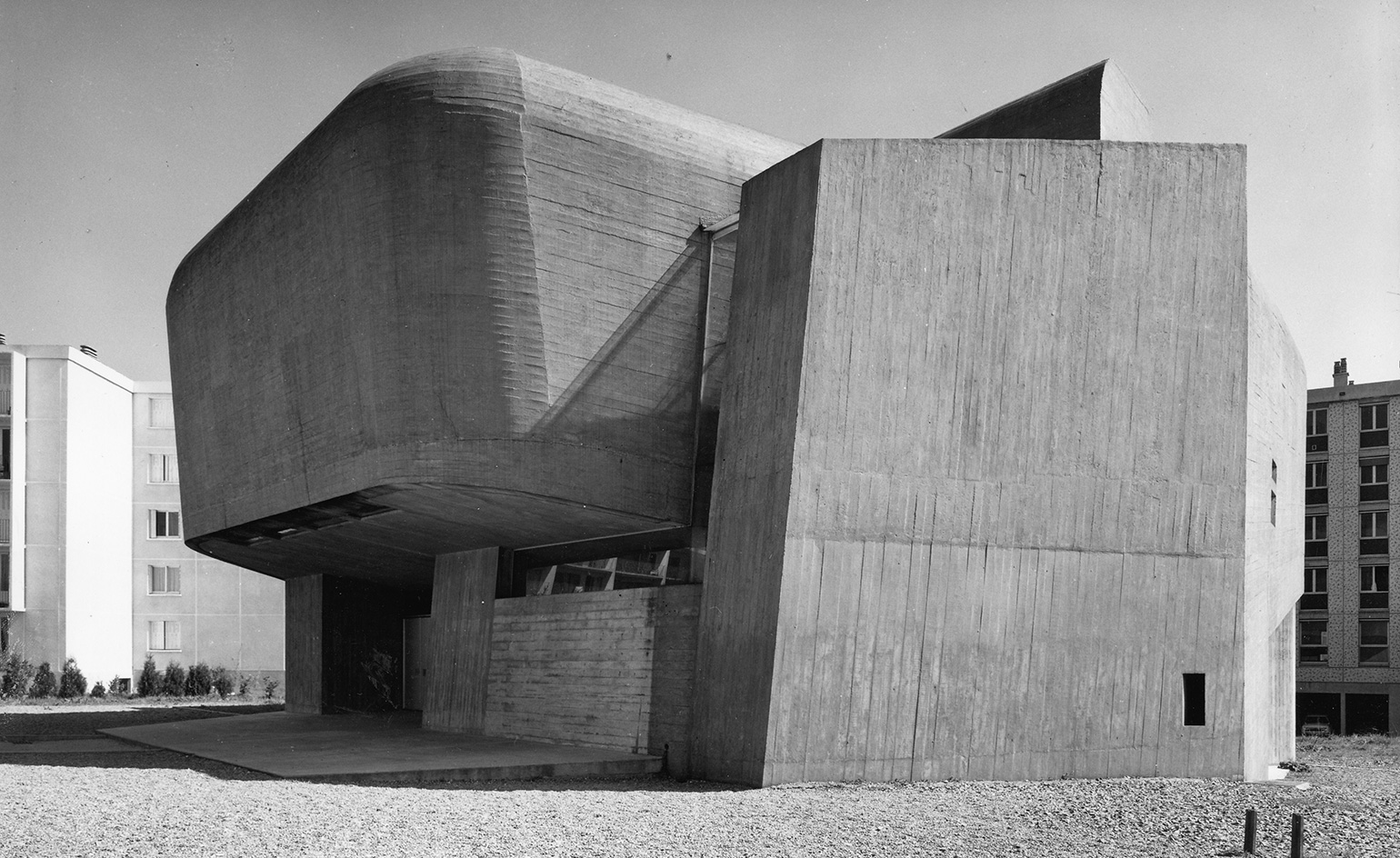
The late Claude Parent initially set up with architect Ionel Schein, but it was a decade later, when collaborating with his friend, the urban planner Paul Virilio, that his career took off. Pictured: the church of Sainte-Bernadette du Banlay, by Claude Parent and Paul Virilio, an archetypal example of the duo's fonction oblique.
Architect Claude Parent, who died in February aged 93, had a famously exposed bathroom. I visited his apartment in the Paris suburb of Neuilly-sur-Seine in 2007. When nature called, he showed me to a room that had glass walls and no proper door. It was a speedy, and memorable, trip.
Parent and his buildings were anything but boring. He was born in Neuilly in 1923 and studied architecture at L’École des Beaux-Arts in Paris but left before graduating. It was 1942, and a time he recalled as ‘not being remembered for its enthusiasm for architecture’.
In 1952, he embarked on a brief stint at Le Corbusier’s office, but found it ‘suffocating. When he was there, you saw his genius, but his buildings took too long to make and were so expensive.’ Instead, Parent set up with architect Ionel Schein, but it was a decade later, when Parent collaborated with his friend, the urban planner Paul Virilio, that his career took off. Together they developed la fonction oblique, a theory that dictates that buildings should feature slopes, ramps and angles, be wall-free where possible and have a predominance of space over surface.
It gained Parent many failed planning applications (although he did create around a dozen houses in France) and many admirers on the fringes, among them rebel collaborators such as Yves Klein, Jean Genet and British architect Peter Cook, with whom he held a conference on a cliff top in Folkestone in 1966. Cook writes in a 2006 monograph: ‘We were amazed that everybody came from all over Europe. But we were really impressed by Claude and his Rolls-Royce, his intellectual friend Mr Virilio and his beautiful blonde lady. English architects simply haven’t got that style. Not only did he talk about the diagonal, but a few years later I visited him in Neuilly and, my God, he really did live on the diagonal!’
Mischievous and witty, Parent gave me a tour of one of his most iconic houses, 1963’s Villa Drusch in Versailles. Featuring a glass and concrete cube tilted on its side, it stands out among the area’s 19th-century villas. ‘This house was an exercise in space,’ said Parent, pointing out slanting bookcases and an outdoor pool into which Monsieur Drusch would jump from his bedroom window. ‘Everyone said it was going to fall over,’ he chuckled.
The building of which he was most proud is the GEM shopping centre, built in Sens in 1970. Its sloping design is now listed, as is another of his favourites, the 1966 church of Sainte-Bernadette du Banlay in Nevers. A concrete behemoth with a near empty interior, it features a few wooden pews bathed in contemplative light by randomly placed stained glass windows and ‘fractures’ in its shell. Parent’s passion for bunker architecture led to commissions in the 1970s from Électricité de France to build nuclear power stations. But in the 1980s and 90s, his brutalist style fell out of fashion and in 2000 he closed his office.
When we met, he had a forthcoming show at Paris’ Palais de Chaillot, after which he was ‘going to call it a day’. It was not to be. In 2010, Cité de l’Architecture invited him to hold a retrospective that featured 92 projects from 1960 to 2009. It was designed by Parent’s protégé Jean Nouvel, who worked at his office for five years. In 2014, he participated in the Venice Biennale, as he had in 1970 when he designed a sloping French Pavilion.
Also in 2014, for the Liverpool Biennial, Parent transformed Tate Liverpool’s Wolfson gallery into a ‘ramp room’. Says Biennial curator Mai Abu El Dahab: ‘Architecture was his tool, but in spirit, he was an artist.’ She too had visited the provocateur at his home in Neuilly. ‘Oh my God! His house!’ she squealed. ‘Did you visit the bathroom?’
Parent is survived by his second wife Naad and his children, François, Florence and Chloé.
As originally featured in the May 2016 issue of Wallpaper* (W*206)
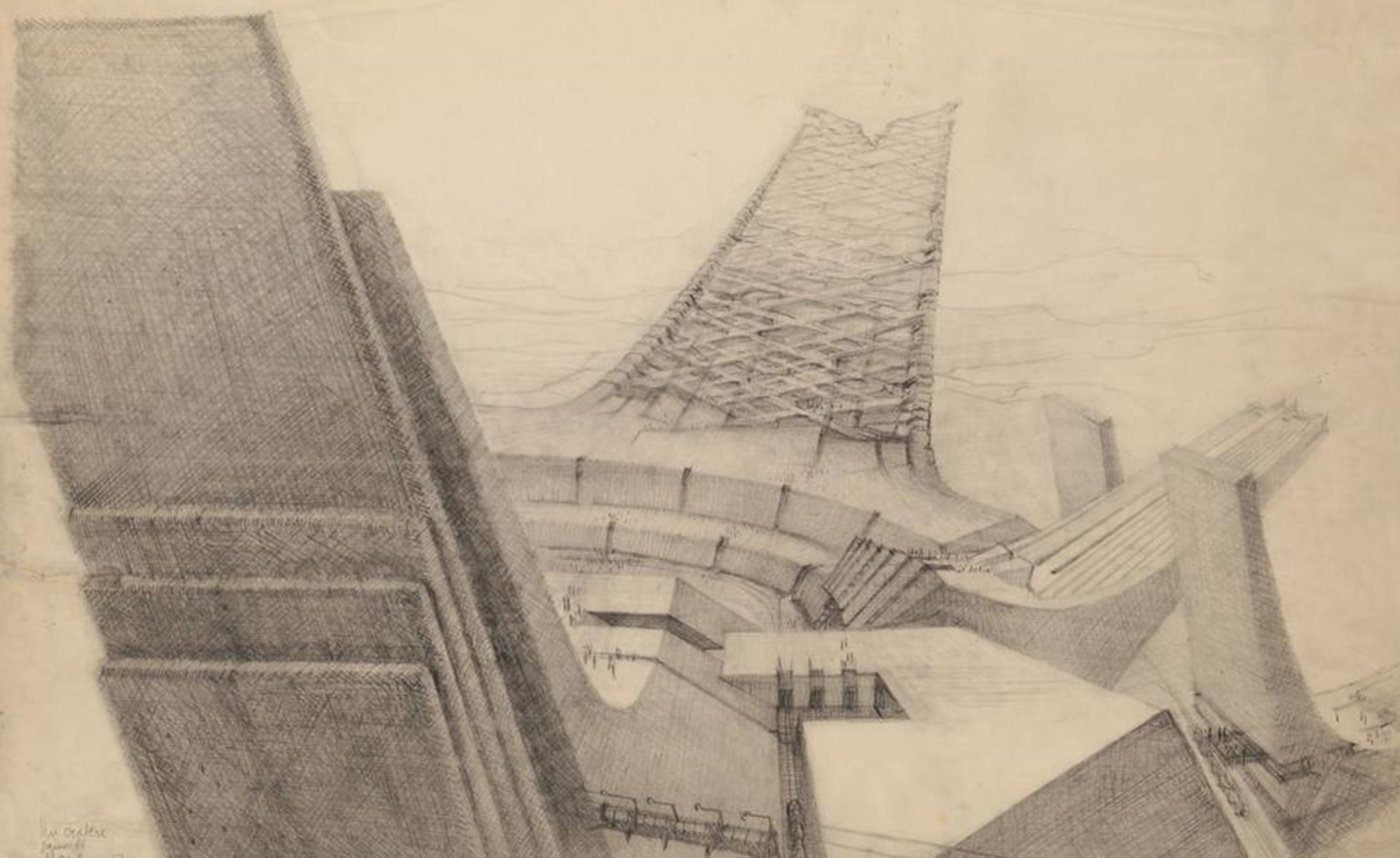
La fonction oblique gained Parent many failed planning applications (although he did create around a dozen houses in France) and many industry admirers on the fringes. Pictured: A crater, Turbosite III, January 1966.
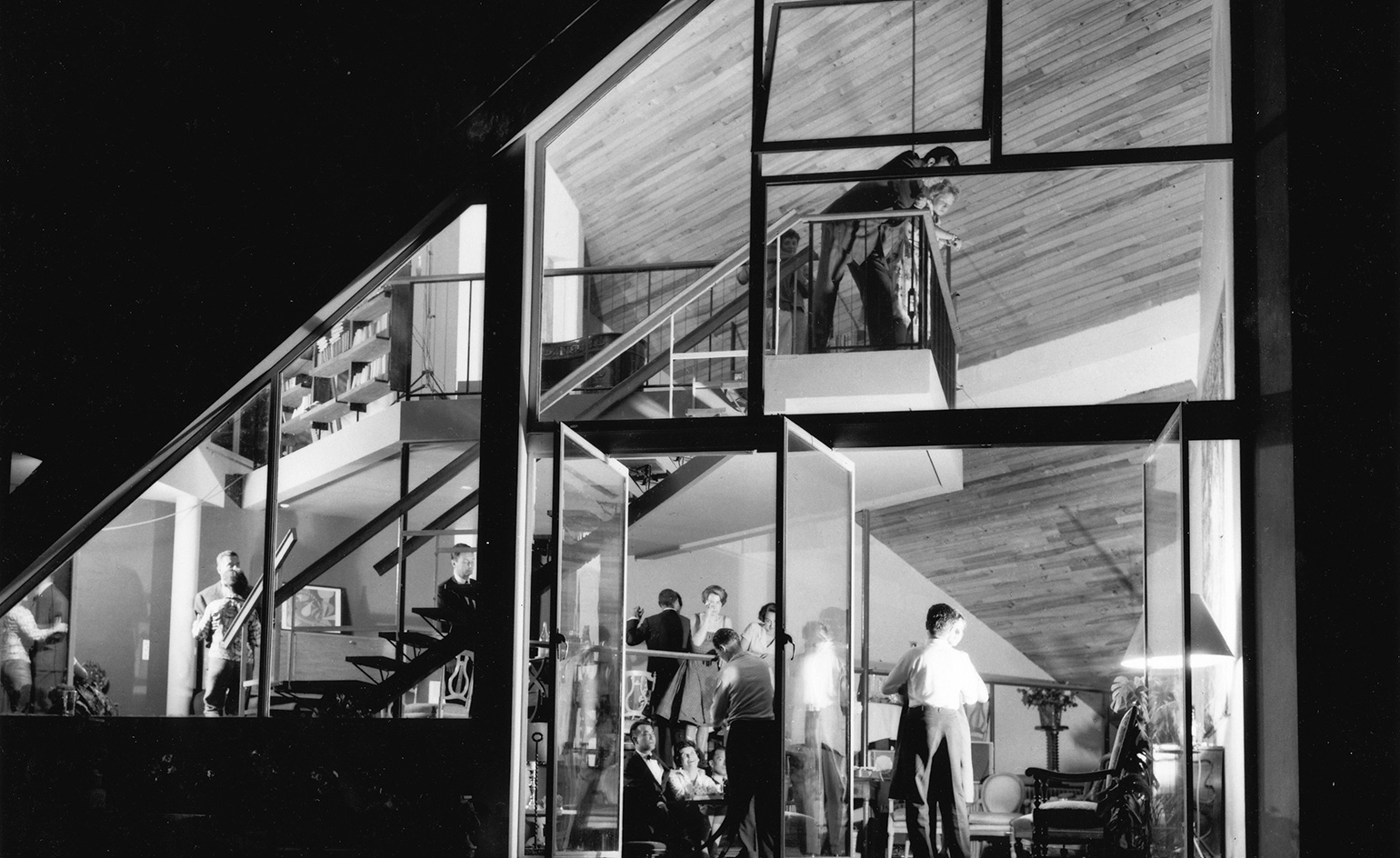
Prior to this, in 1952, he embarked on a brief stint at Le Corbusier’s office, but found it ‘suffocating. When he was there, you saw his genius, but his buildings took too long to make and were so expensive.’ Pictured: Parent’s 1957 Maison Soultrait in Domont, Val-d’Oise.
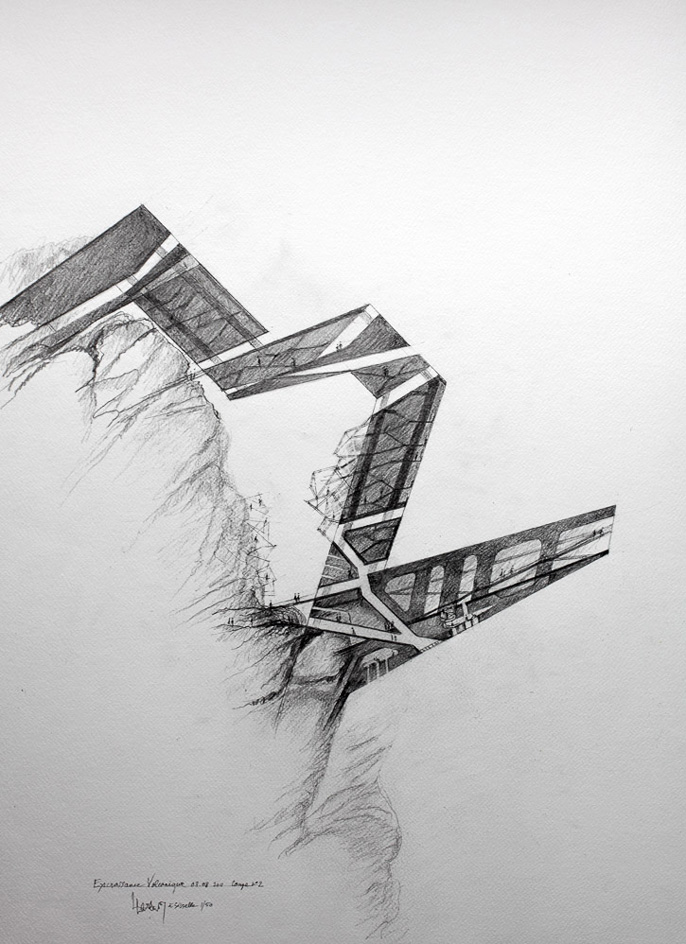
A more recent Parent drawing, Excroissance Volcanique – Coupe n°2, dated 3 August 2011.
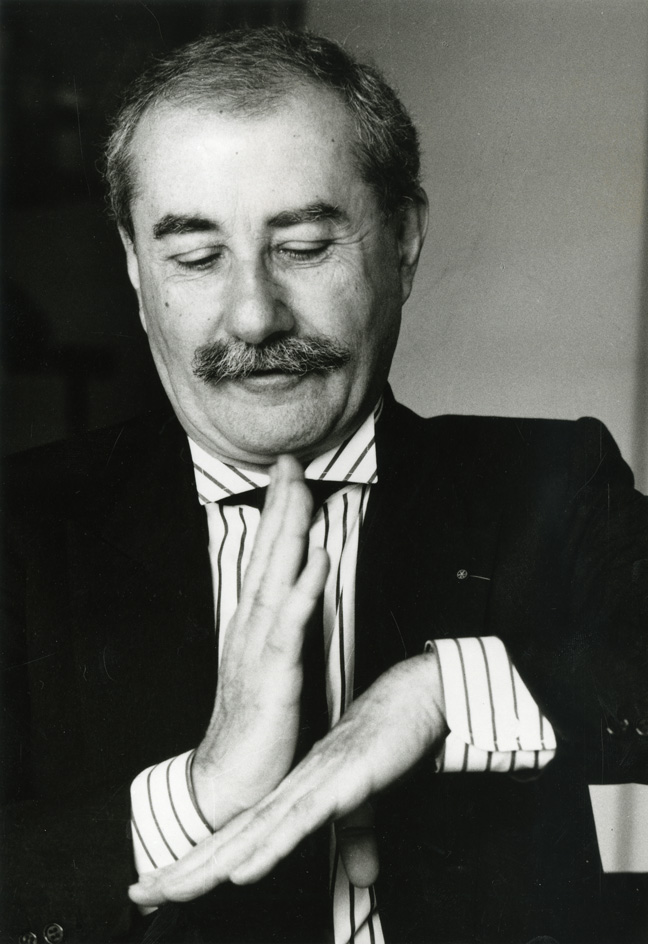
Parent works his best angles in this 1981 portrait.
Wallpaper* Newsletter
Receive our daily digest of inspiration, escapism and design stories from around the world direct to your inbox.
Emma O'Kelly is a freelance journalist and author based in London. Her books include Sauna: The Power of Deep Heat and she is currently working on a UK guide to wild saunas, due to be published in 2025.
-
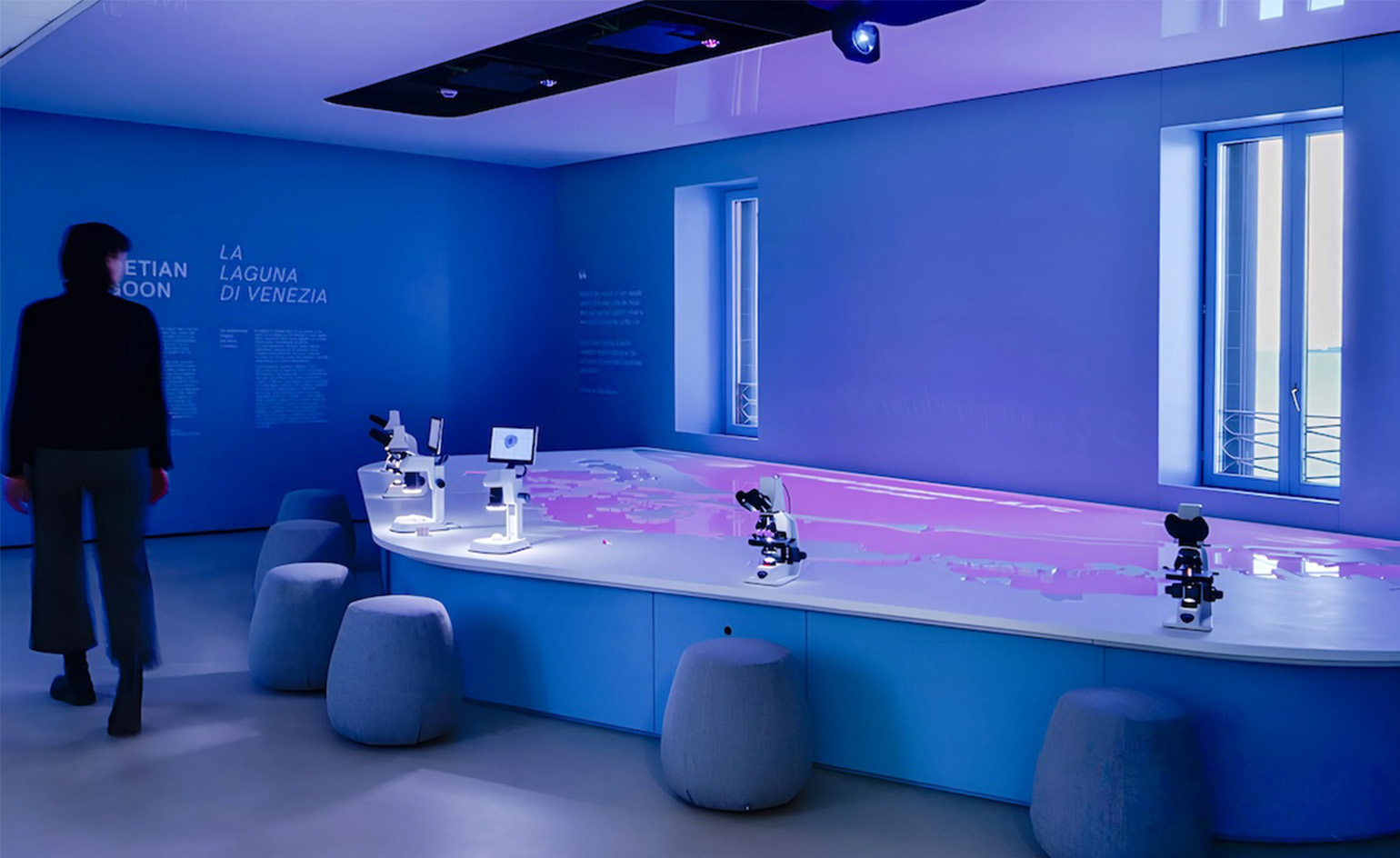 Prada opens Sea Beyond, a new centre for ocean education in the Venetian Lagoon
Prada opens Sea Beyond, a new centre for ocean education in the Venetian LagoonCreated in partnership with UNESCO-IOC and designed by Carlo Ratti, the centre marks the first educational space of its kind in Italy
By Laura May Todd Published
-
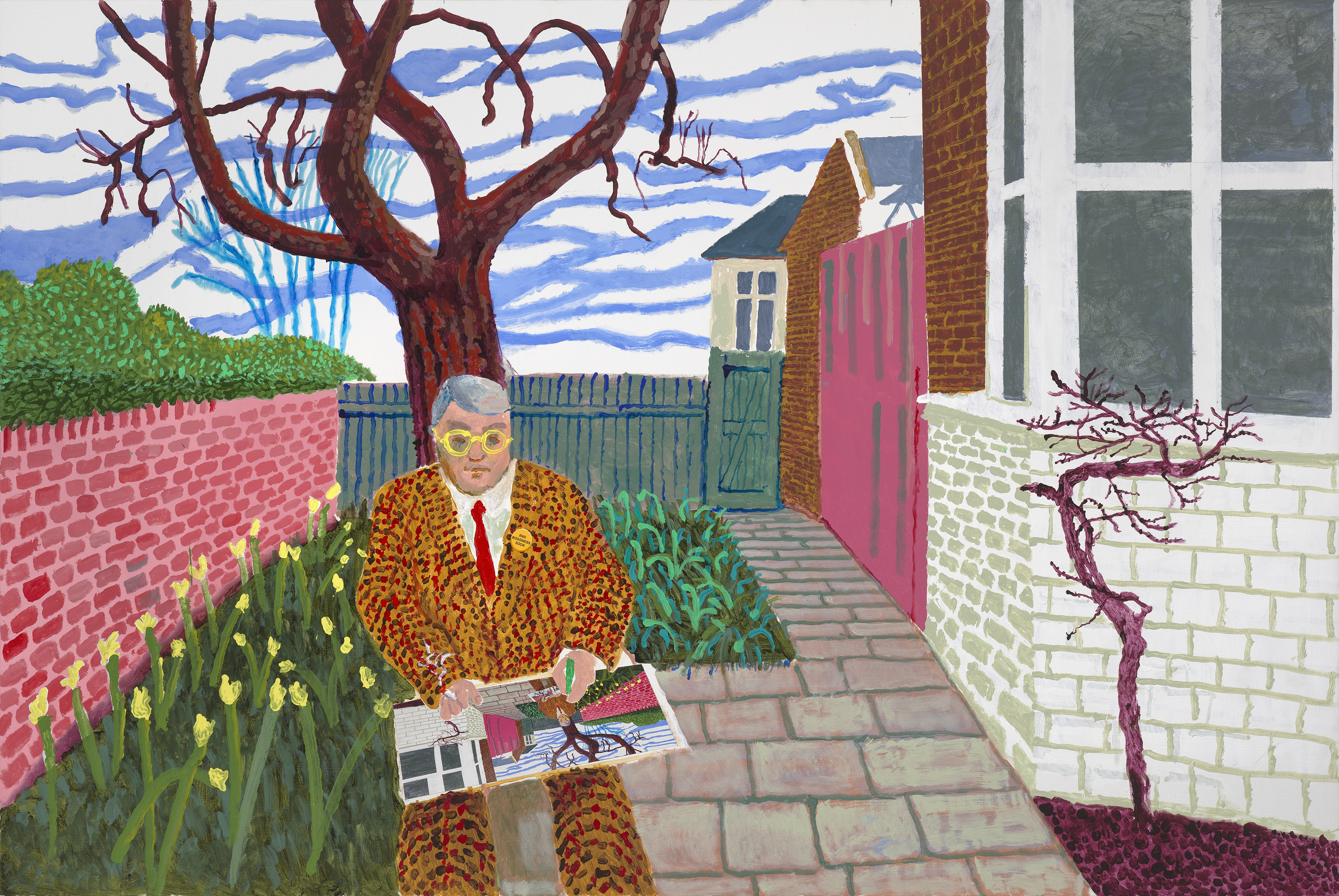 ‘David Hockney 25’: inside the artist’s blockbuster Paris show
‘David Hockney 25’: inside the artist’s blockbuster Paris show‘David Hockney 25’ opens 9 April at Fondation Louis Vuitton in Paris. Wallpaper’s Hannah Silver soaked up the resolute, colourful homage to the brilliant relentlessness of life
By Hannah Silver Published
-
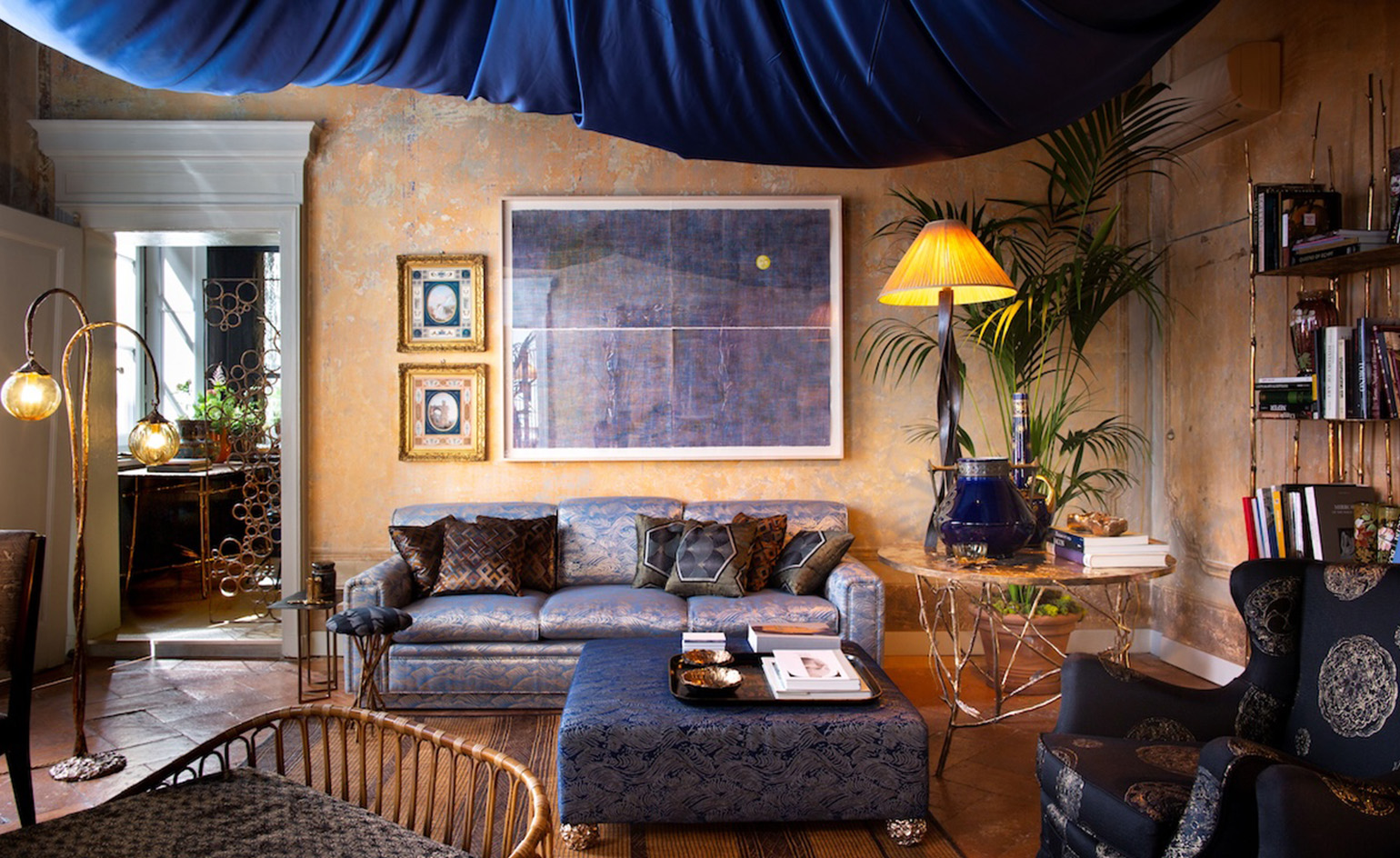 How a 17th-century Japanese archive inspired Dimorestudio’s lustrous new textile collection
How a 17th-century Japanese archive inspired Dimorestudio’s lustrous new textile collection'It’s a meeting point of past and present, East and West,' says 12th-generation fabric maker, Masataka Hosoo.
By Danielle Demetriou Published
-
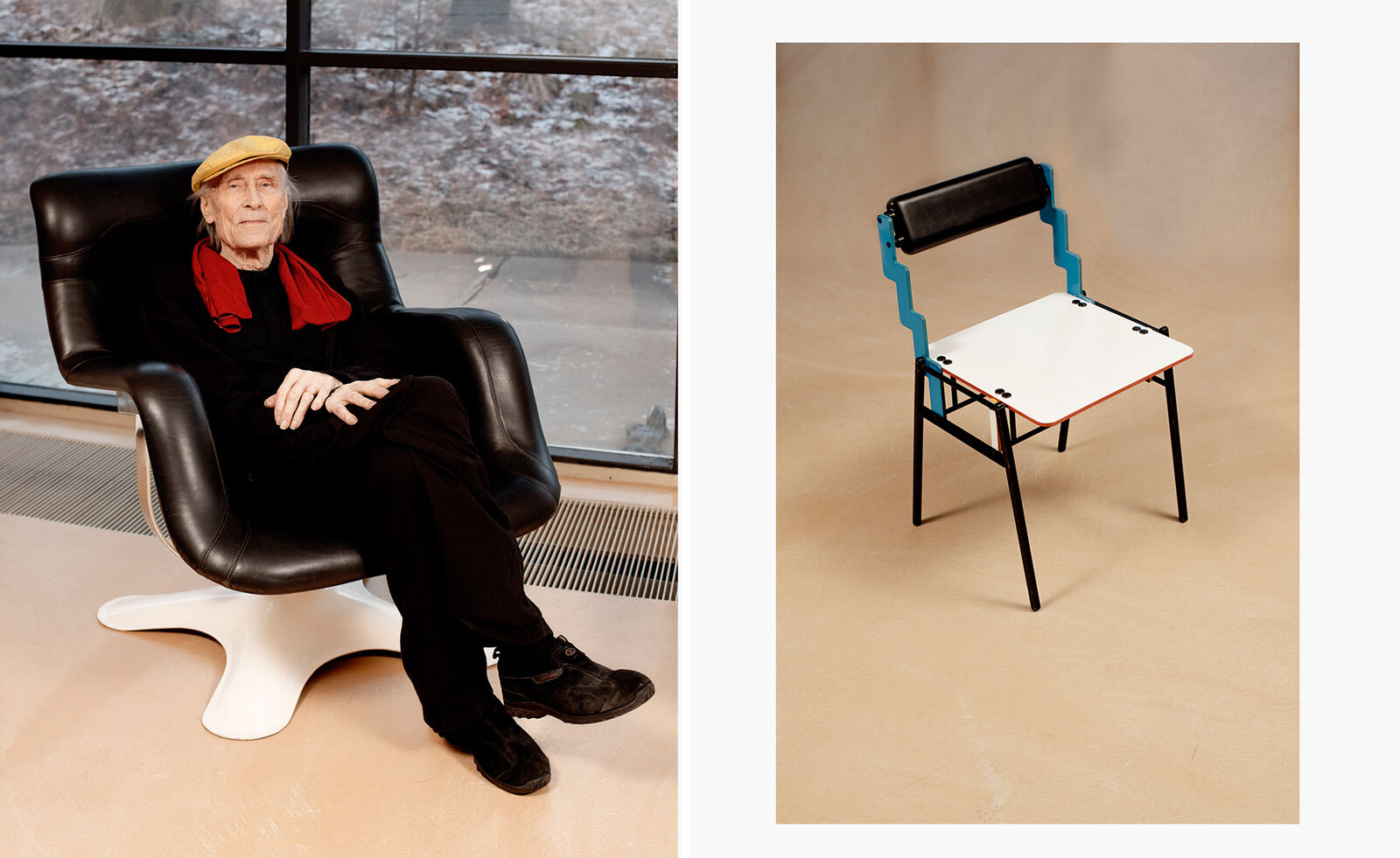 Remembering Yrjö Kukkapuro, Finnish grand master of design (1933-2025)
Remembering Yrjö Kukkapuro, Finnish grand master of design (1933-2025)Almost everyone in Finland has sat in a chair by designer Yrjö Kukkapuro, writes Wallpaper’s Emma O'Kelly, who met him at his studio in 2020 and here pays tribute to a design legend
By Emma O'Kelly Published
-
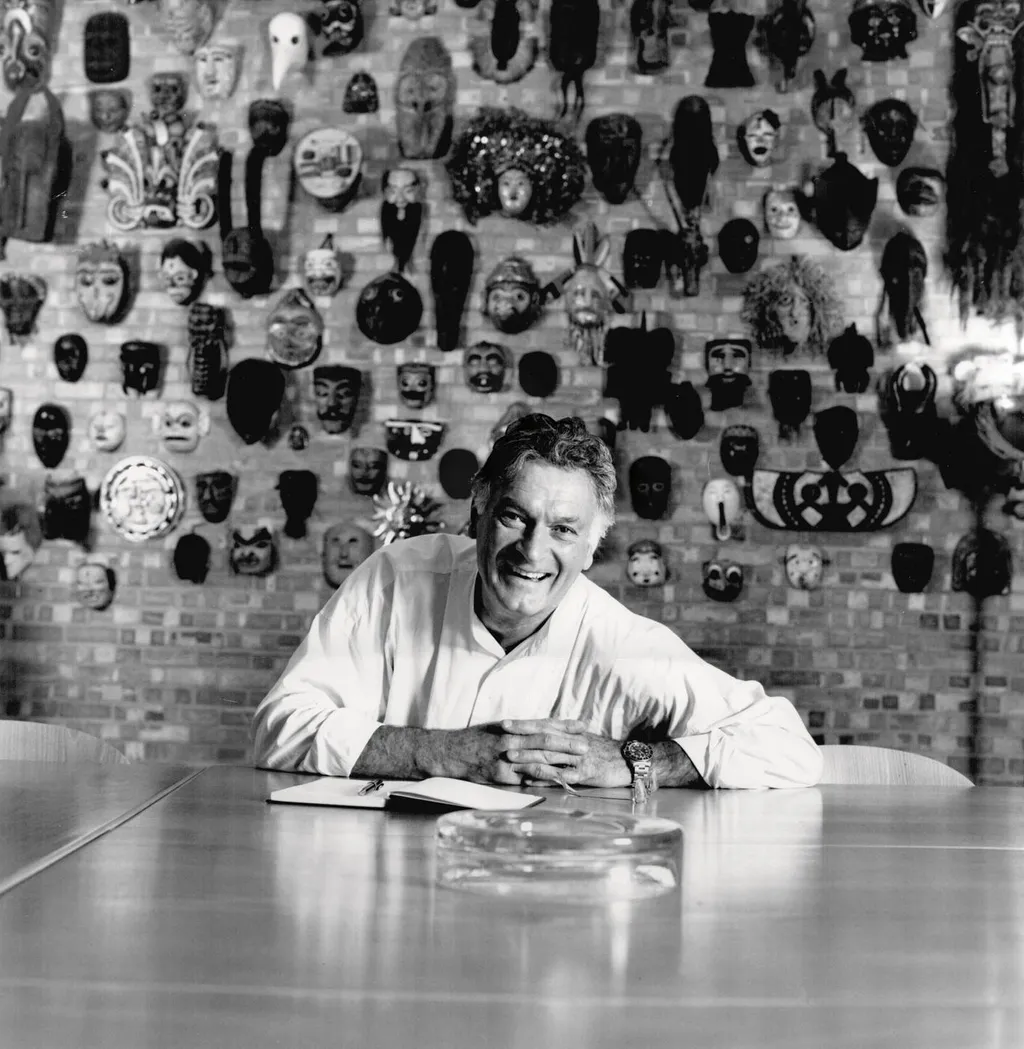 We remember Kenneth Grange, the British industrial designer, who has died aged 95
We remember Kenneth Grange, the British industrial designer, who has died aged 95Kenneth Grange was a colossus of post-war design. With a career spanning six decades, his mission for improvement touched everything from trains to fountain pens, taxis to toothbrushes
By Hugo Macdonald Published
-
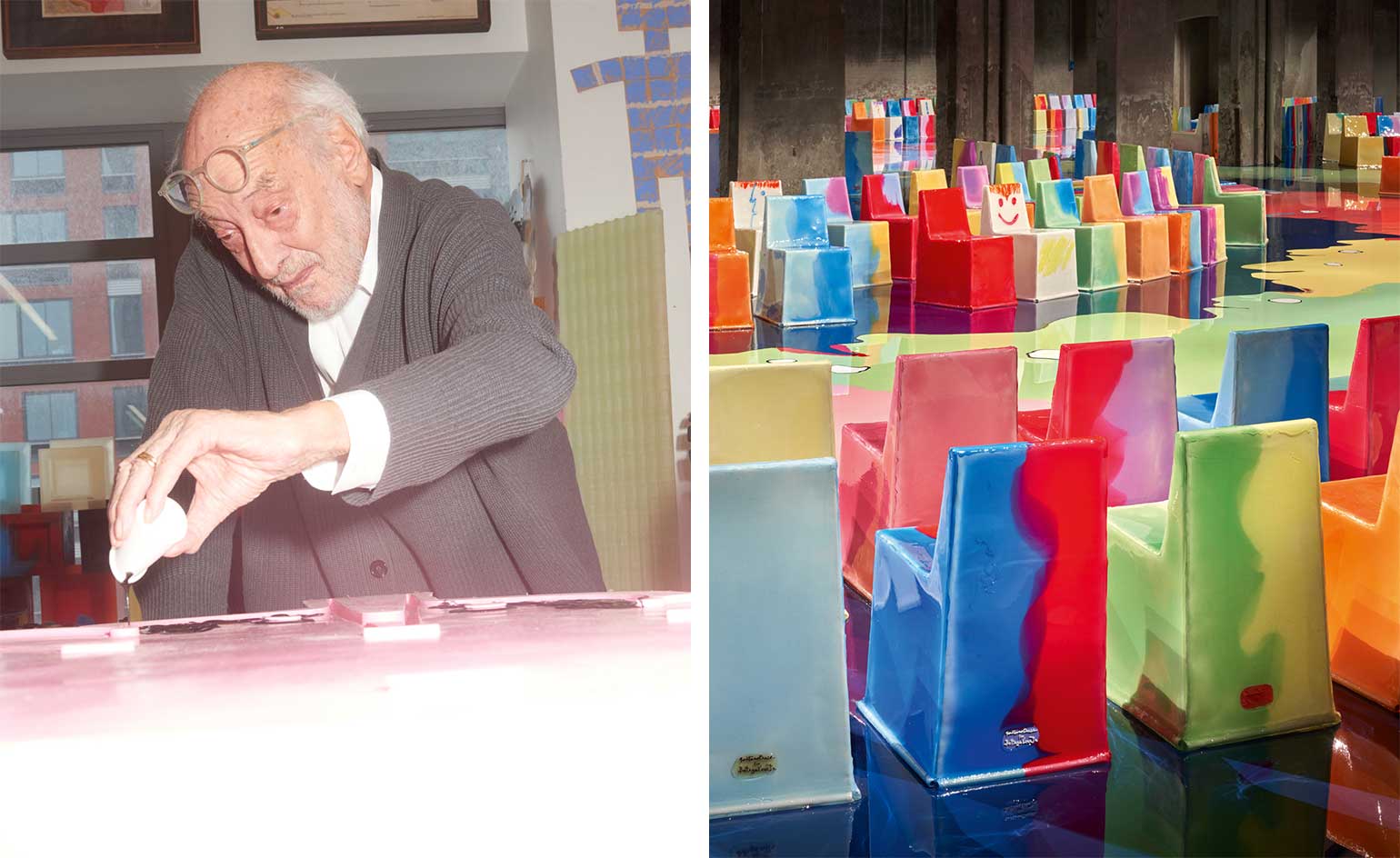 Design world mourns Gaetano Pesce (1939-2024), the ‘most radical of radicals’
Design world mourns Gaetano Pesce (1939-2024), the ‘most radical of radicals’We remember Gaetano Pesce, the rule-breaking Italian design visionary, who has died in New York aged 84
By Rosa Bertoli Published
-
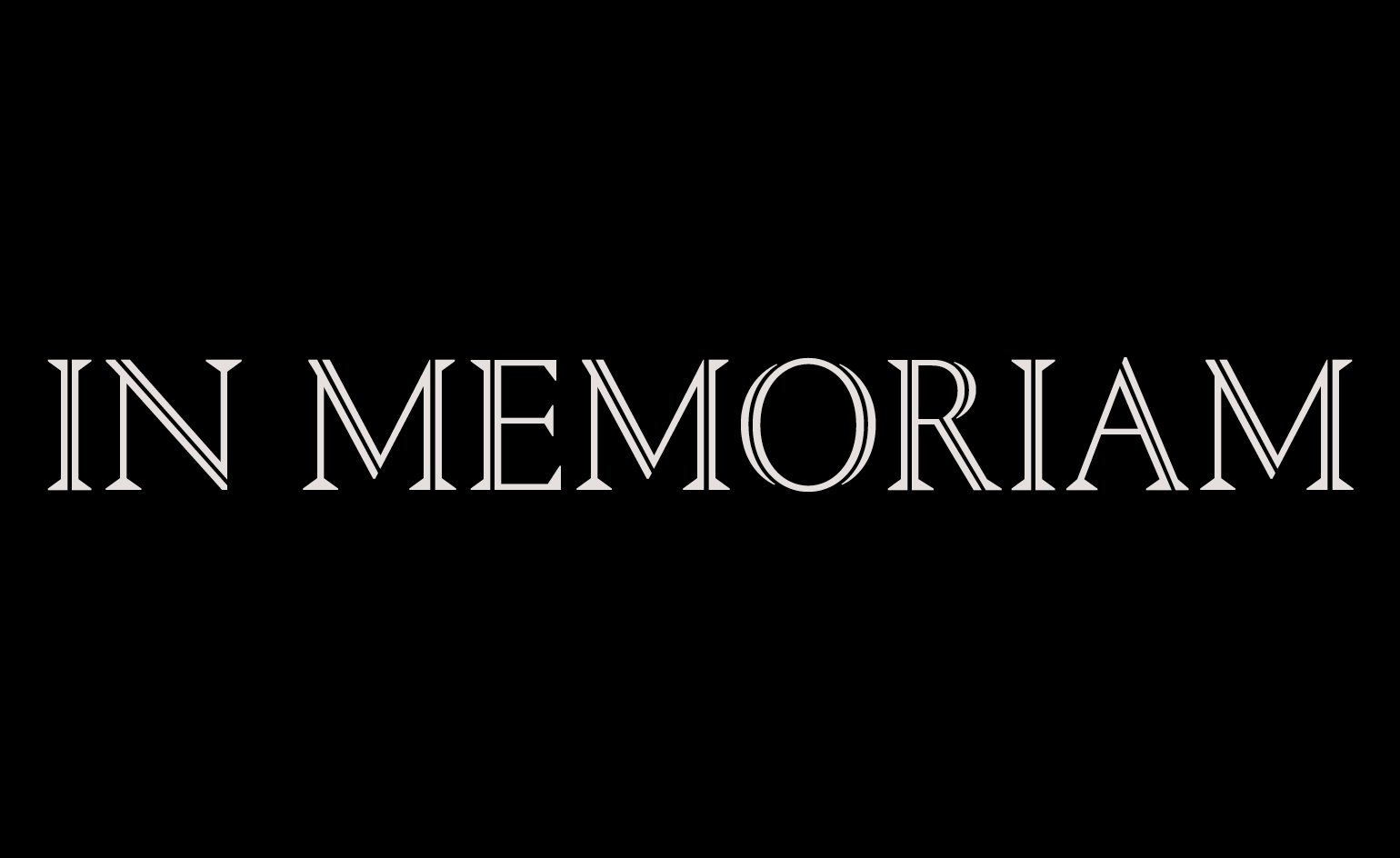 In memoriam: celebrating the lives and work of those we lost in 2023
In memoriam: celebrating the lives and work of those we lost in 2023We honour and remember some of the influential creatives lost during 2023, through the Wallpaper* tributes that ran throughout the year
By Rosa Bertoli Published
-
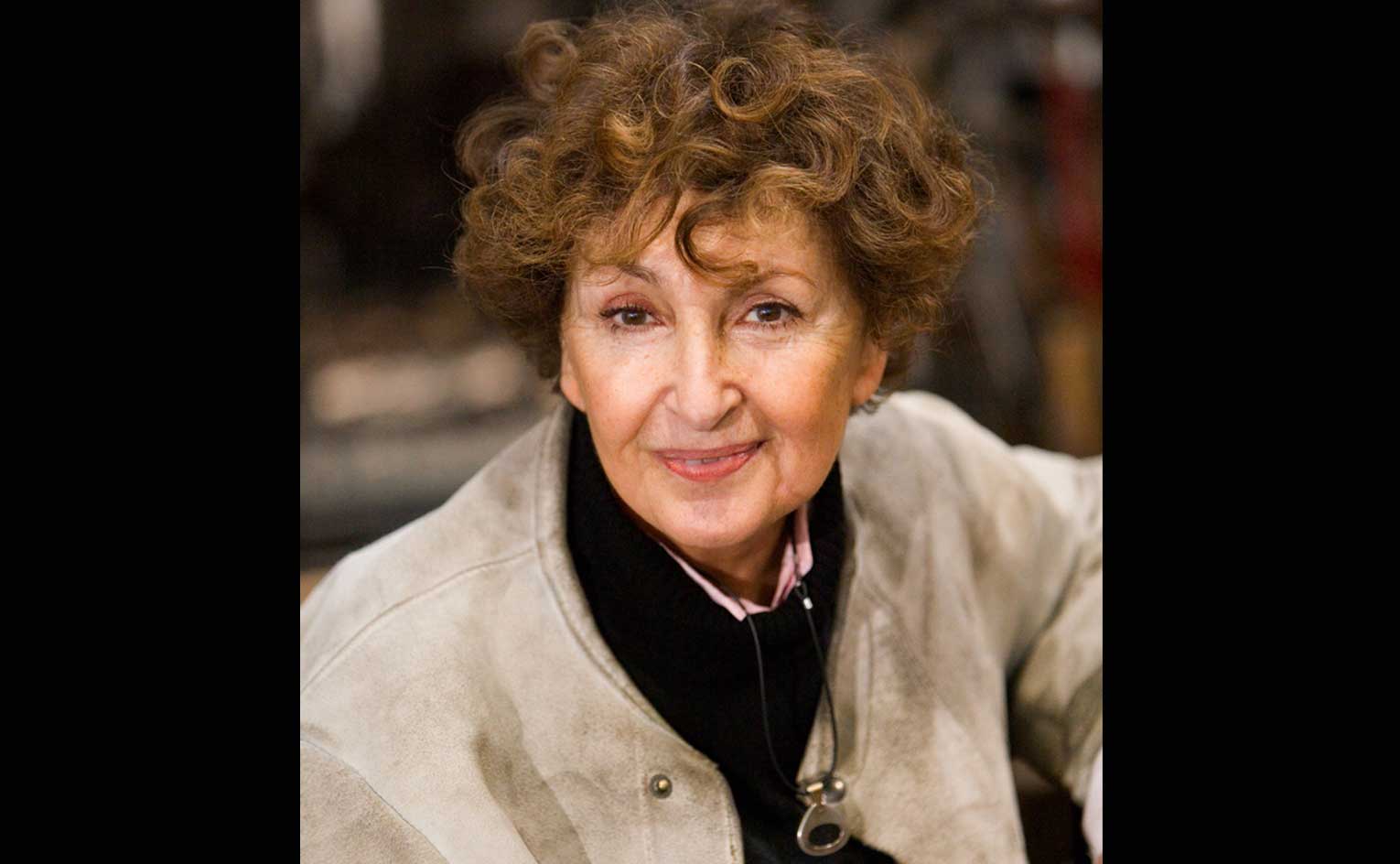 In Memoriam: Maria Pergay (1930 – 2023)
In Memoriam: Maria Pergay (1930 – 2023)We remember design dame Maria Pergay, who died on 31 October 2023 aged 93
By Rosa Bertoli Published
-
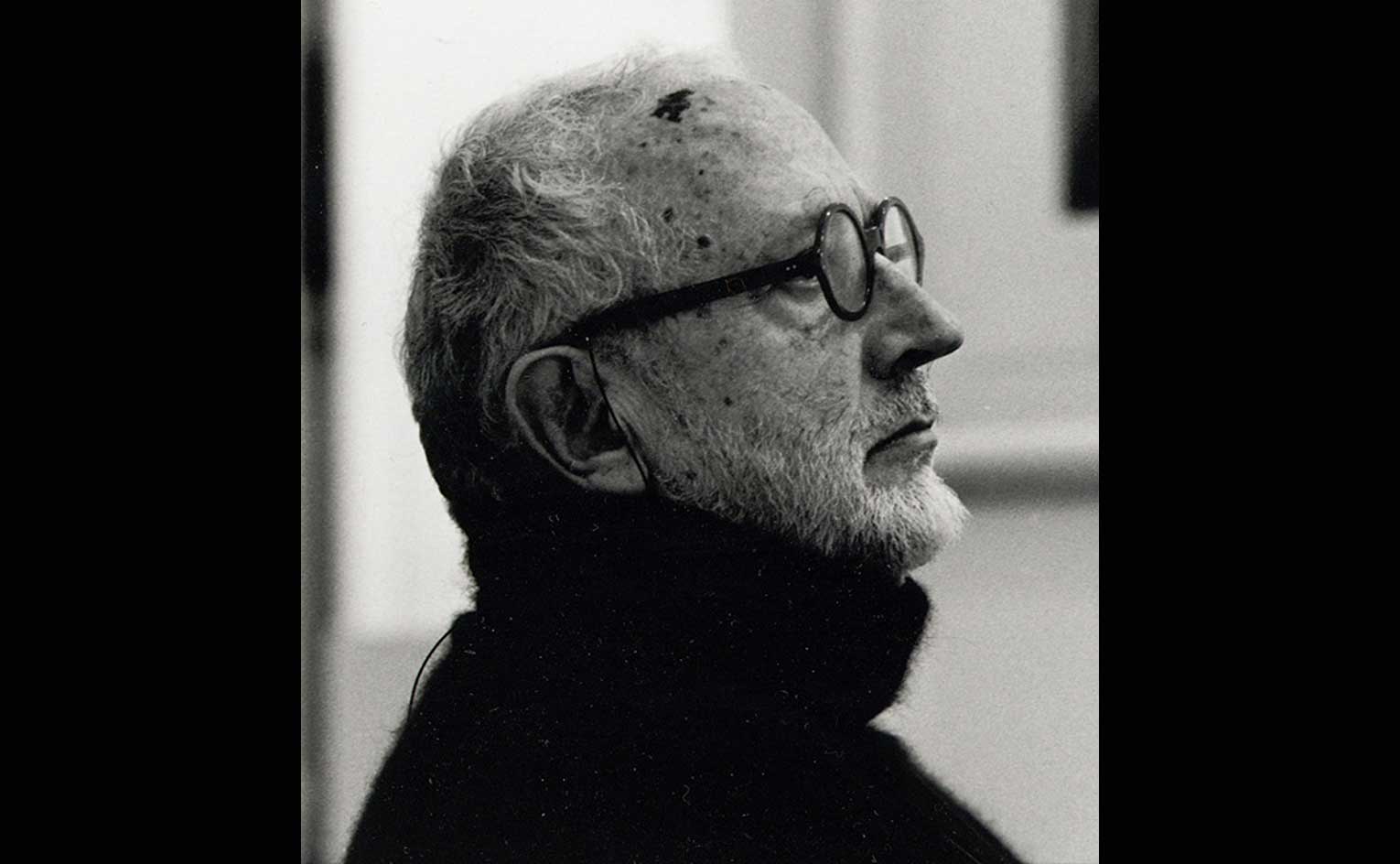 In Memoriam: Andrea Branzi (1938 – 2023)
In Memoriam: Andrea Branzi (1938 – 2023)We remember Italian design radical Andrea Branzi, who died on 9 October 2023
By Rosa Bertoli Published
-
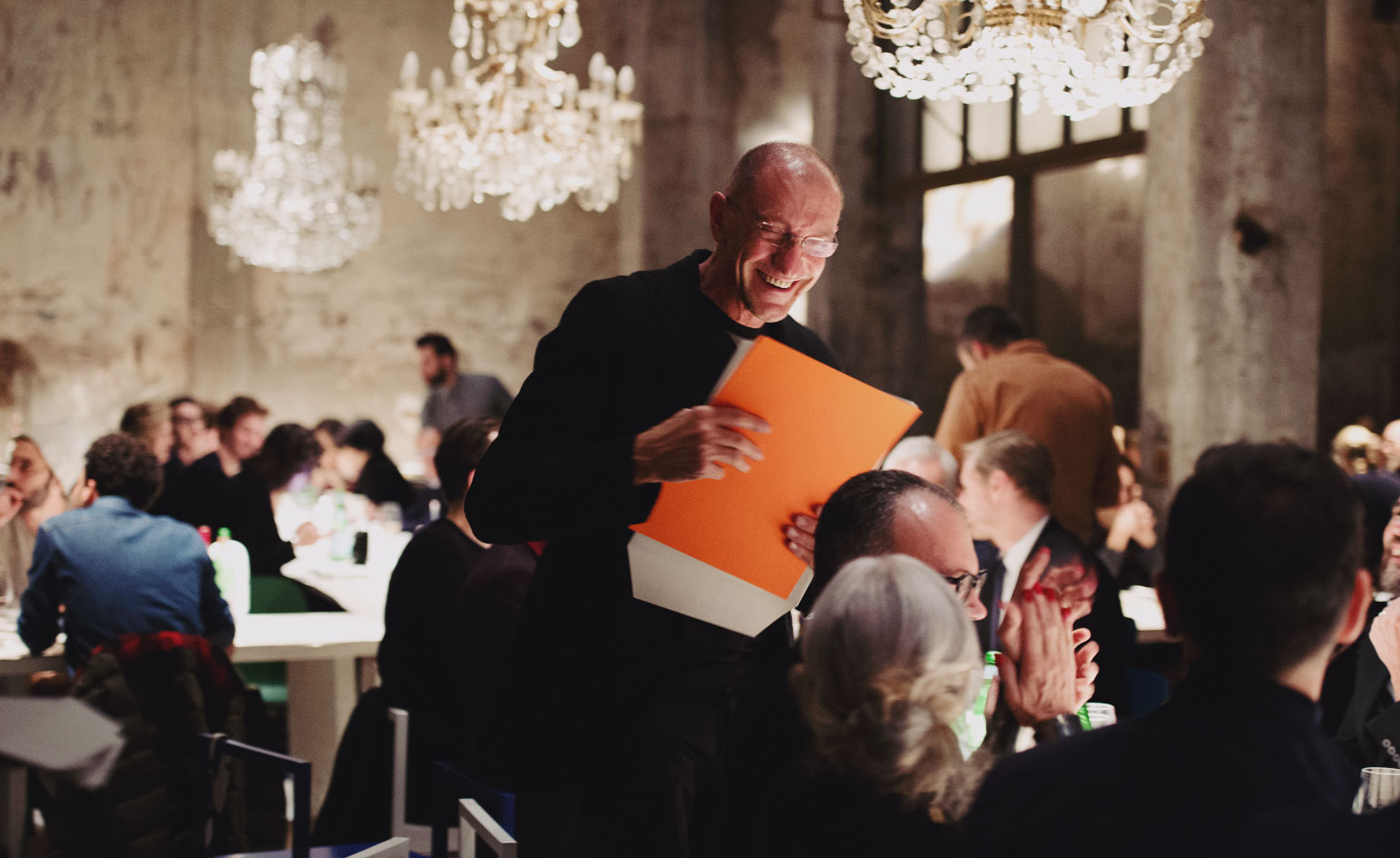 In Memoriam: Rodolfo Dordoni (1954 - 2023)
In Memoriam: Rodolfo Dordoni (1954 - 2023)We remember Italian designer and architect Rodolfo Dordoni, who died on 1 August 2023
By Rosa Bertoli Published
-
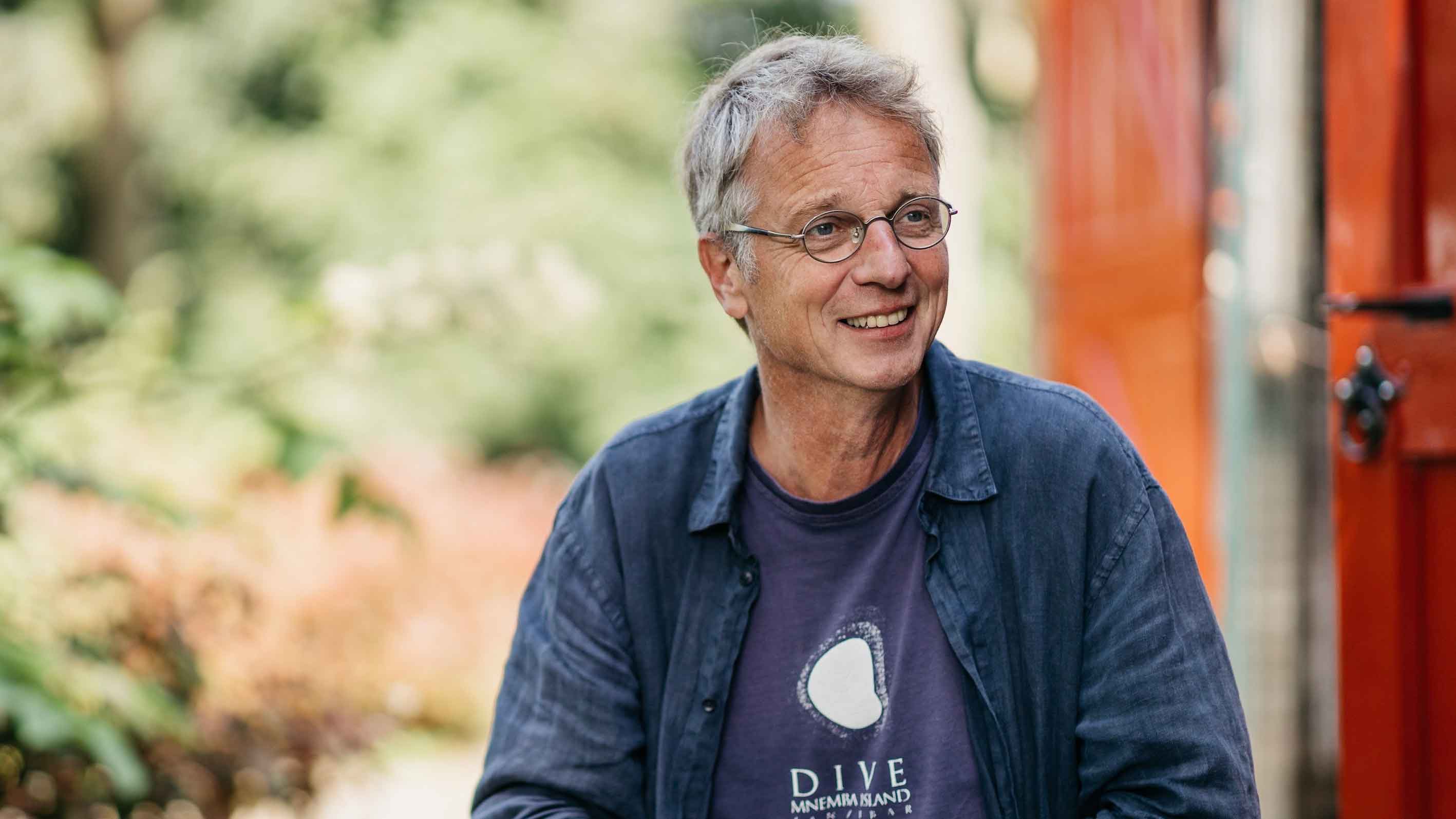 In memoriam: Thomas Eyck (1964 – 2023)
In memoriam: Thomas Eyck (1964 – 2023)We remember Dutch design entrepreneur Thomas Eyck, a champion of craft, materiality and beauty who helped elevate many of the Netherlands’ contemporary design stars
By Rosa Bertoli Published